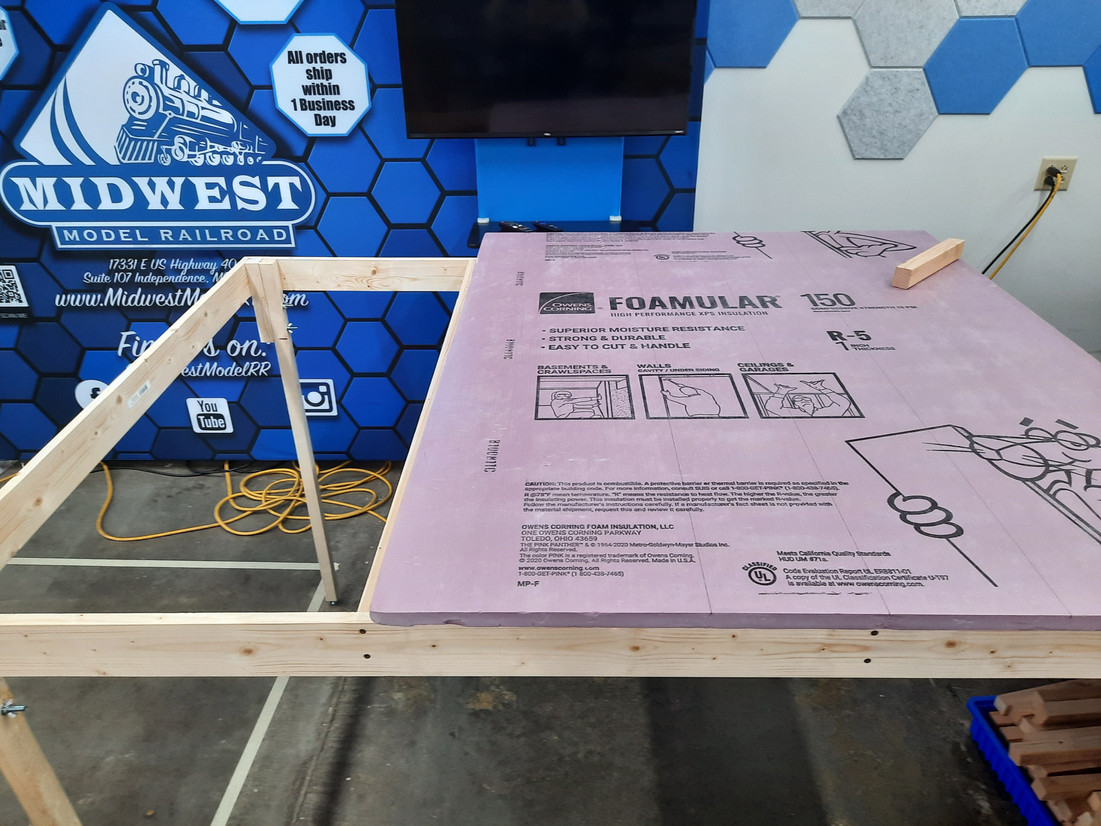Building the Baseboard and Benchwork
When embarking on a model railway or any detailed diorama project, constructing a sturdy and reliable baseboard is of utmost importance. The baseboard and benchwork serve as the foundation upon which your masterpiece will come to life. In this article, we will explore the key considerations and various approaches to building a solid baseboard and benchwork for your layout, along with their respective pros and cons.
Constructing a Sturdy Foundation for Your Layout
The foundation of your layout begins with the baseboard – a robust platform that provides stability and support. Here are some essential steps to consider when constructing a sturdy baseboard:
- Selecting the Right Material: Opt for materials that are durable and resistant to warping, such as plywood or MDF (Medium-Density Fiberboard). These materials provide a flat and stable surface for your layout.
- Choosing the Size: Determine the dimensions of your baseboard based on the available space and the scale of your model. Ensure that the baseboard is large enough to accommodate your envisioned layout while leaving room for scenery and other details.
- Framework and Bracing: Create a framework underneath the baseboard to add strength and prevent sagging. Use wooden battens or dimensional lumber to create a grid-like structure. Cross-bracing at intervals can further enhance the stability of the baseboard.
- Leveling and Adjustments: Use a spirit level to ensure that the baseboard is perfectly level in all directions. You might need adjustable feet or shims to make fine adjustments and achieve an even surface.
- Surface Treatment: Cover the top of the baseboard with a smooth and rigid material, such as homasote or cork. These materials provide a sound-absorbing surface for track laying and scenery attachment.
Different Approaches to Benchwork and Their Pros and Cons
Benchwork refers to the supporting framework that holds the baseboard at a comfortable working height. There are various approaches to benchwork, each with its own advantages and disadvantages. Let's explore some of the common methods:
- Tabletop or Open-Grid Benchwork:
Pros:
- Simple and straightforward construction.
- Easy access to the entire layout.
- Provides ample space for hidden storage and wiring.
Cons:
- Limited vertical space for multi-level layouts.
- May lack structural rigidity without proper bracing.
- Can obstruct scenic views when viewing from below.
- L-Girder Benchwork:
Pros:
- Offers strong support for multi-level layouts.
- Provides space underneath for track crossings and tunnels.
- Allows flexibility in adjusting layout height.
Cons:
- Requires more advanced carpentry skills.
- May be bulkier compared to other methods.
- Hidden areas can be challenging to access for maintenance.
- Module-Based Benchwork:
Pros:
- Ideal for portable layouts or exhibitions.
- Easier to transport and set up.
- Allows for modular expansion and experimentation.
Cons:
- Modules need careful alignment to ensure smooth track transitions.
- May require specialized connectors for electrical and track continuity.
- Extra care needed to maintain module connections during transportation.
- Wall-Mounted Shelf Layout:
Pros:
- Saves floor space and provides a unique display option.
- Can be integrated with existing room décor.
- Offers an interesting perspective at eye level.
Cons:
- Limited depth for scenery and track complexity.
- Restricted to one-sided access.
- Wall-mounting requires proper support and anchoring.
In conclusion, building a solid baseboard and benchwork is the fundamental step in creating a successful model railway or diorama. Careful consideration of material, design, and construction method is essential to ensure stability, accessibility, and the ability to bring your envisioned scene to life. Depending on your preferences, available space, and layout complexity, you can choose from various benchwork approaches, each with its own set of advantages and challenges. Whichever method you choose, a well-constructed baseboard and benchwork will provide the sturdy canvas upon which your creative vision will flourish.
Recent Posts
-
Prototype Spotlight: GE ES44AC — Modeling a Modern Freight Workhorse
Prototype Spotlight: GE ES44AC — Modeling a Modern Freight Workhorse Published 2025-09-29• 8–10 min
-
How to Build a Realistic Freight Yard: Flow, Trackwork, and Car Management
How to Build a Realistic Freight Yard: Flow, Trackwork, and Car Management Published 2025-09-25 • 8
-
Scenery Basics: From Foam to Foliage — A Quick, Budget-Friendly Guide | Midwest Model Railroad
Modeling Tutorial Scenery Basics: From Foam to Foliage Published 2025-09-23 · 7–9 minute read Li




